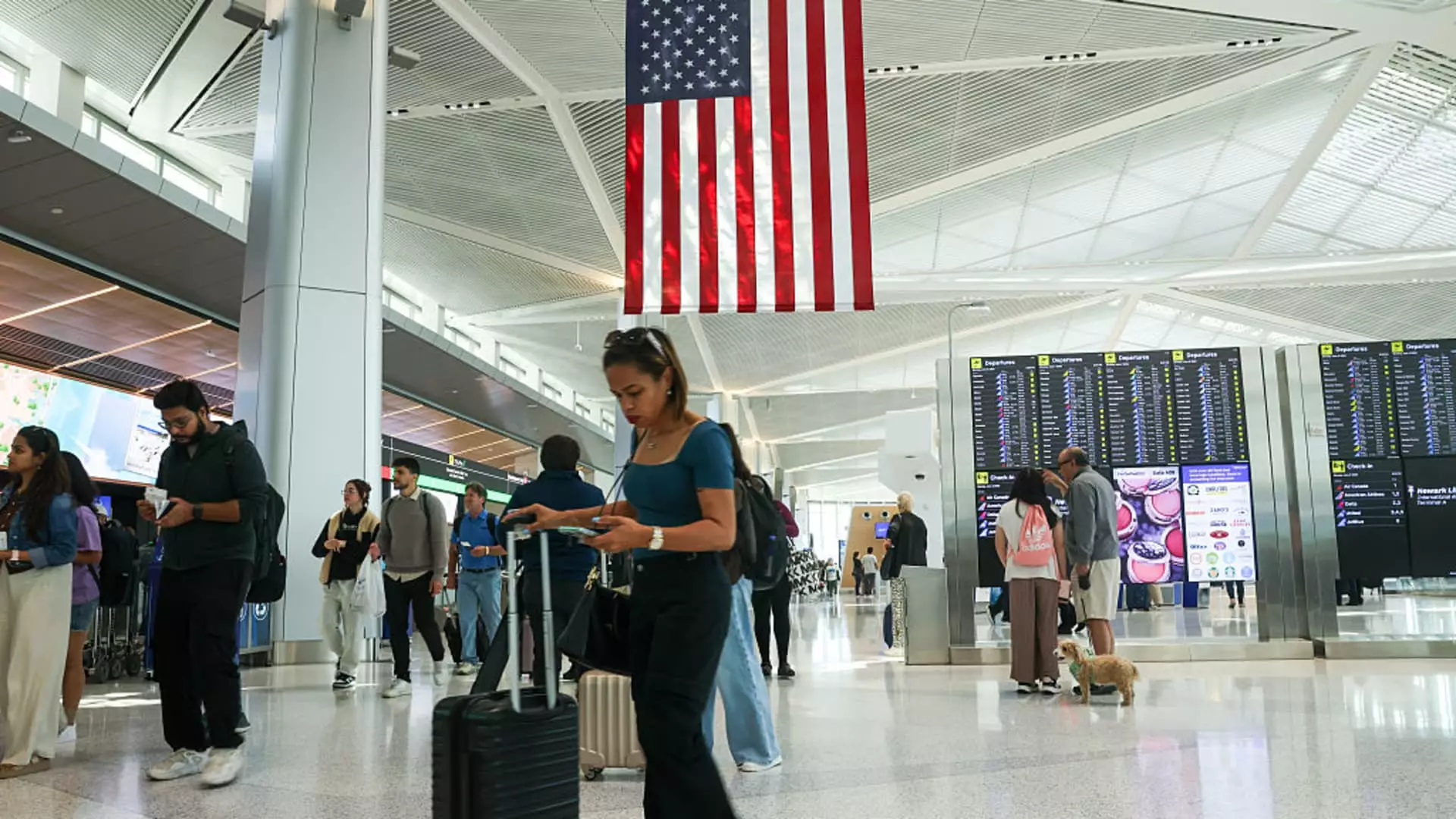Every summer, a familiar narrative emerges: hordes of travelers flock to airports, and airlines proclaim victory in the battle against sluggish demand. This year, the picture seems superficially brighter. Airfares have dipped to levels not seen since 2021, suggesting an easing of travel constraints and inflated prices. However, this apparent revival masks a deeper, unsettling truth. The so-called “summer surge” is less a genuine rebound and more a temporary glitch predicated on aggressive discounting and structural vulnerabilities within the airline industry. The expectation that travelers will ignite a sustained recovery ignores underlying economic signals that point to a much more precarious situation ahead.
False Signs of Recovery in a Fragile Market
The industry’s optimistic chatter about lower fares and increased travel volume should be scrutinized with skepticism. While travelers are spending less on tickets—airfares are now at their lowest since 2021—the reasons are far from purely positive. Airlines are offsetting weak demand with discounts, yet their core issue remains unresolved: a significant lack of sustained consumer enthusiasm. Despite a strong job market and resilient macroeconomic indicators, the demand for air travel has not rebounded proportionally. Card spending data, for instance, reveals a worrying decline in airline-related expenditures—down nearly 12% in June alone. These figures are hints that the travel wave, once expected to crest in 2024, could simply be a shallow ripple rather than a sustained tide.
The airlines themselves have become cautious, pulling back on their forecasts and planning strategic capacity reductions. The industry’s reliance on peak summer earnings—favoring the second and third quarters—may not be enough to salvage their financial health if demand continues to stagnate or decline. When airlines cut flights, especially on off-peak days, they’re signaling a desperate attempt to preserve profitability in a market that refuses to fully awaken.
Structural Challenges and Uncertain Outlook
What is fueling this subdued demand? Several factors contribute to the ominous current climate. First, the broader economic landscape remains a minefield. Tariffs imposed during previous administrations, coupled with the lingering effects of international travel restrictions, have created a convoluted environment for airlines looking for stability. These obstacles inhibit growth and make forecasting a treacherous exercise. Airlines like Delta, United, and American have already withdrawn their 2025 outlooks, casting doubt on their ability to adapt to this uncertain terrain.
Furthermore, the decline in international travel—once a lucrative avenue—reflects a skeptical global environment that discourages discretionary spending abroad. European fares, which had been relatively stable, are now falling back to pre-pandemic levels, signaling a waning appetite for international adventure. The fall in fares to Asia is even more telling; despite the expanding flight options, the 13% decline indicates that travelers are less willing or able to commit to long-haul trips, further straining airline revenue models.
It’s critical to recognize that this precarious state isn’t just about ticket prices. It’s a symptom of a broader economic and geopolitical malaise that puts the entire airline industry on uncertain footing. Airlines are becoming more reactive than proactive, slash revenues and routes to remain afloat rather than innovating for growth. The revenues generated in the second and third quarters—a staple of airline profitability—are increasingly at risk if demand fails to materialize as hoped.
The current state of air travel in 2024 exposes a sobering contradiction. While headlines tout lower fares and record airport screenings, the economic fundamentals underlying this industry are fragile. The summer “rescue” is mostly driven by discount campaigns and service cuts, not genuine demand shifts. As we look toward the latter half of the year, the industry’s financial health hinges on whether consumers are willing to spend more than just on superficial discounts or if they remain cautious, wary of economic headwinds and geopolitical tensions.
The hope that a robust travel boom could rescue airlines from their pandemic-era scars is overly optimistic. The truth is, beneath the surface of crowded airports and falling prices lies a sector grappling with fundamental structural weaknesses and an uncertain macroeconomic future. If carriers continue to overestimate demand and underprepare for contraction, the industry could be staring down a much more severe downturn disguised as a summer success story.

